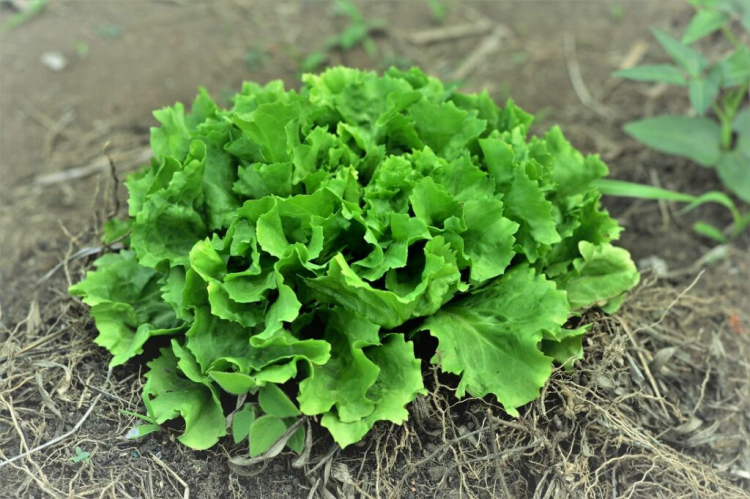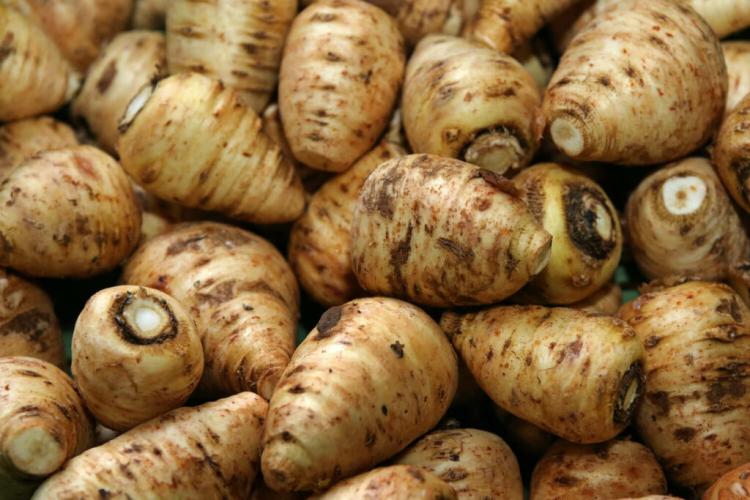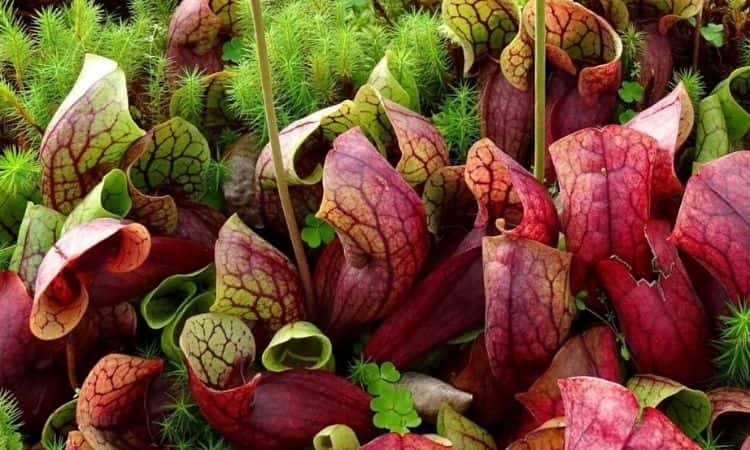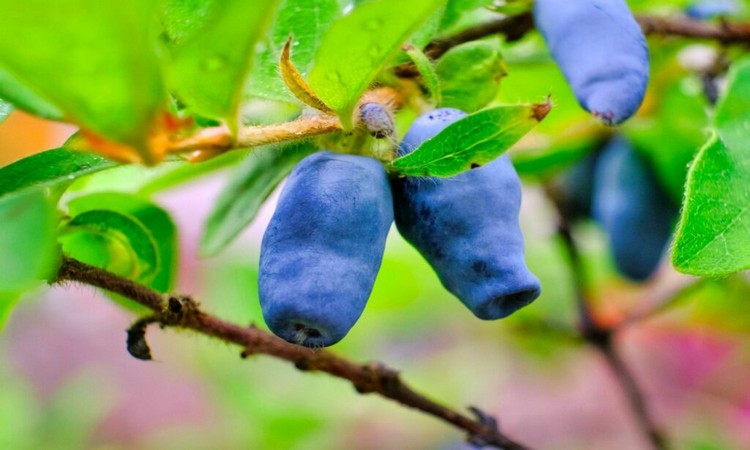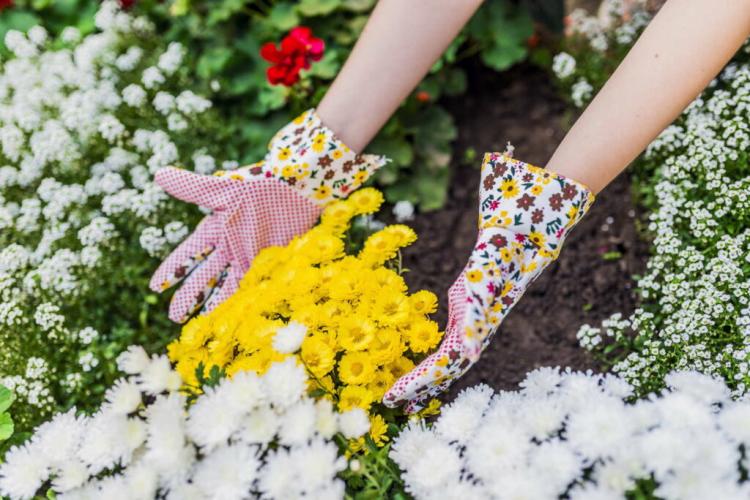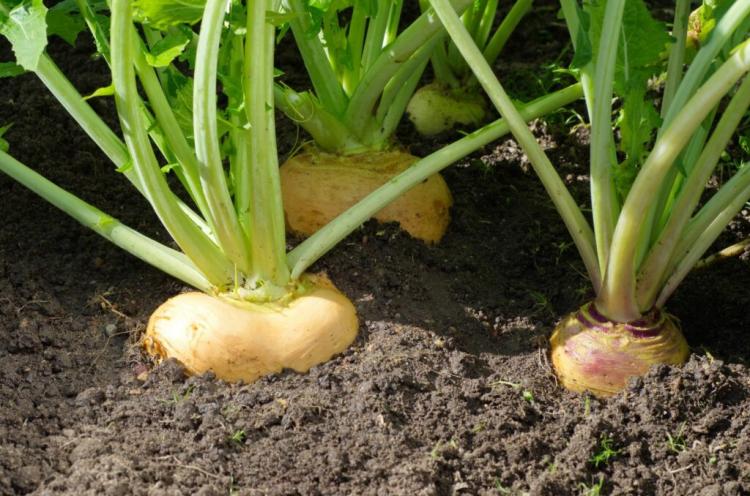Endive Salad (Escariol): Everything You Need To Know
The bitter summer salad is very popular. Here we show you what you should pay attention to when planting and harvesting endive salad. If you still want to enjoy a delicious salad in autumn, a late summer Endive salad is a perfect choice. The frugal lettuce plant is rich in minerals and vitamins and can be grown in your own garden with little effort. This article explains exactly how this works and what to look out for.
The endive ( Cichorium endivia ) is a species of the genus chicory ( Cichorium ) and belongs to the sunflower family ( Asteraceae ). It is closely related to sugar loaf, radicchio, and chicory, which is also reflected in its slightly bitter note. However, the bitter substances are in the outer leaves, which means that the heart of the endive tastes delicate and mild. To avoid shooting and blooming, it is important that both the temperature and the timing are right when growing endive.
Origin and properties of endive salad
Table of Contents
The late summer salad from the genus of chicory has been cultivated since ancient times. The endive originally comes from the Mediterranean region, but it can still be grown successfully at an altitude of up to 2000 meters. Endive is biennial plants that are only grown as lettuce as an annual. In the course of its growth it does not form closed heads of lettuce, but a large, flat rosette with a pale yellow heart. When in bloom, the plant reaches a height of around 70 centimeters.
Endive salad varieties
Basically, the endive is found in two different forms: curly-leaved endive, also known as frisée, or as smooth endive called Escariol. The smooth endive is characterized by entire, thick leaves, robustness, and good shelf life. The curly endive, on the other hand, tastes finer and is characterized by coral-like curled leaves. However, it cannot be stored as well and is less resistant to cold and moisture.
Escariol varieties of smooth endive:
- ‘Escorial Gelber’: Robust variety that can also tolerate light frost; coarse leaves in yellow-green
- ‘Escorial Grüner’: Strong, green leaves; should be bleached; more bulletproof than the yellow variety
- ‘Breedblad Volhart Winter’: Firm, heat-resistant heads with a yellow heart
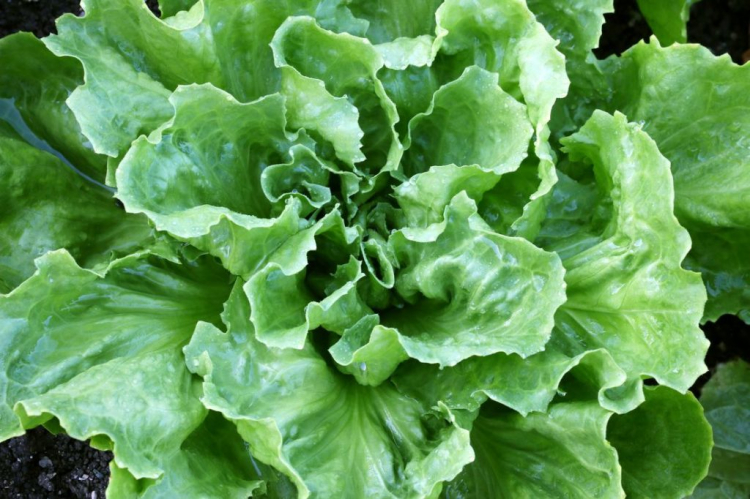
Frisée varieties of curly-leaved endive:
- ‘Frisée Tres fine Maraichere’ : Filigree, delicate leaves; very sensitive to frost
- ‘Frisée Milady’: Largely bulletproof and not too bitter; fine, curled leaves
- ‘Myrna Frisée’: Slit leaves and large heads; tolerates wetness and cold
Buy endive plants
Endive can be bought both as seeds and as young plants. It is important that the young plants look strong and healthy. Before they are planted outdoors, they should also have four to six leaves. You can find seeds and young plants in hardware stores, nurseries, or on the Internet.
Plant endive salad
If the site conditions are right, the endive is a frugal plant that can be harvested three months after sowing. Due to its late sowing, it is good as a follow-up crop to kohlrabi ( Brassica oleracea var. Gongylodes ), peas ( Pisum sativum ), early red cabbage ( Brassica oleracea var. Capitata f. Rubra ), new potatoes ( Solanum tuberosum ), or cauliflower ( Brassica oleracea var. Botrytis ).
The right location for an endive salad
Endive likes sunny locations and humus-rich soil without waterlogging. The salad thrives best at a pH value of 6.5 to 7. Organic tomato and vegetable soil are ideal for this, for example. As a medium eater, the endive needs a medium rich in nutrients. The best way to prepare the soil for growing is explained in the article below.
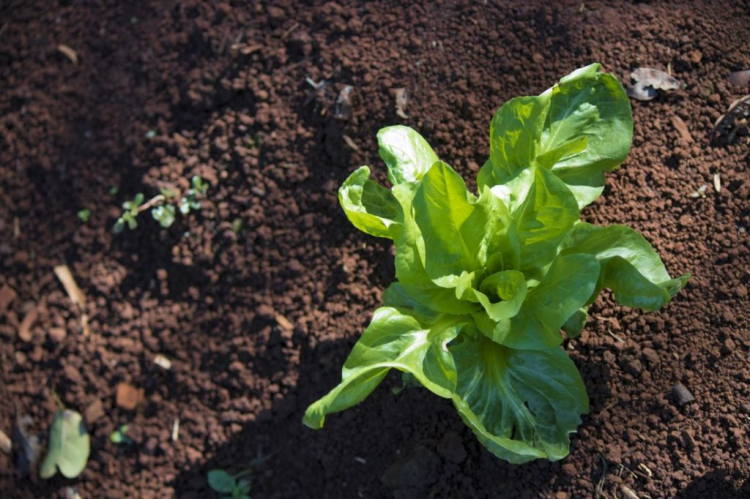
Sow endive lettuce
Endive can be grown in two different time periods. The suitability for early or autumn cultivation depends on the variety.
| sowing | planting | harvest | |
|---|---|---|---|
| Early cultivation | March | April | June |
| Autumn cultivation | June July | July August | September – November |
The endive is sown in pots in the greenhouse or on the windowsill. To do this, the seeds are placed one centimeter deep and covered with soil. Temperatures of 16 to 20 degrees are ideal for germination, higher temperatures can lead to germ inhibition. Direct sowing is also possible – but then you have to pay attention to the right time so that the young plants do not get the cold stimulus. It is best to start direct sowing at the end of June to the beginning of July.
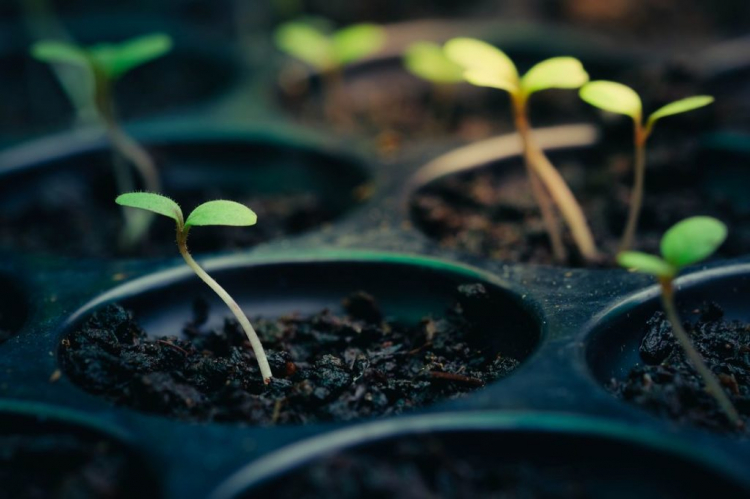
How do you sow endive lettuce?
- Cultivation as early or autumn cultivation possible
- Grown in advance on the windowsill or in the greenhouse
- Seed depth: 1 cm
- Germination temperature: 16 – 20 ° C
- Direct sowing is also possible
Plant out the endive lettuce
The young plants grown earlier can then be planted out after three to four weeks at a distance of 30 centimeters. In the case of early planting dates, which are still in April and May, it makes sense to cover the plants with fleece or perforated film. The row spacing should be 35 centimeters. In the course of the growing season, the endive forms dense heads that continue to close.
After three months, the lettuce is ready to be harvested. Since it can get colder around the time of harvest, it is worth taking a look at the thermometer more often. The lettuce can survive a few cool nights without any problems if it goes below freezing point, but it should be covered with a fleece or, if possible, harvested.
How is endive lettuce planted?
- Transplant young plants after 3 – 4 weeks
- Plant spacing: 30 cm
- Row spacing: 35 cm
- Ready to harvest after 3 months
- Frost protection at temperatures around freezing point
Avoid shooting endives
Endive is stimulated to bloom by long days and low temperatures. If the young plant experiences temperatures below 17 ° C, it is irreversibly stimulated, which is why the summer lettuce should not be sown too early. The length of the day has a comparatively minor impact.
To prevent endive from shooting and blooming, the following must be observed:
- Select lap-resistant varieties ( ‘Frisée Milady’ , ‘Eros’, ‘Grob’ , ‘Jolie’)
- Adhere to sowing dates
- Avoid cold irritation in young plants
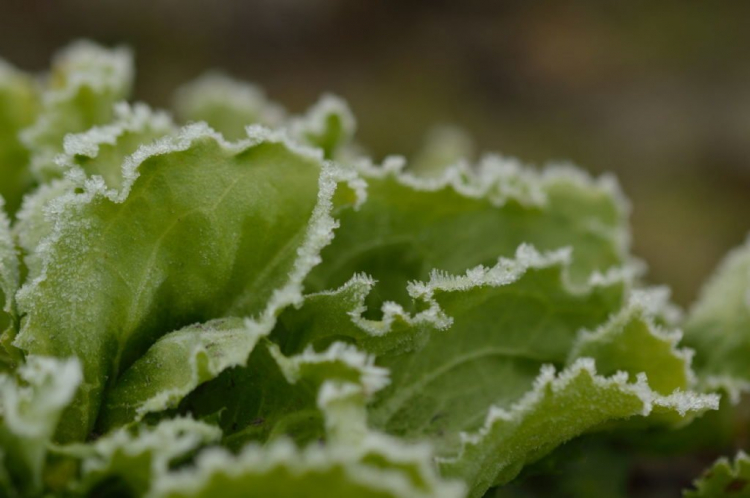
Bleach endive salad
You can still bleach the lettuce two weeks before harvest. To do this, the outer leaves of the plant are tied together, so that the sun can no longer get to the inner leaves and the taste is accordingly less bitter. The same effect can be achieved by putting a bucket over the lettuce. It is important to make sure that the leaves are dry before bleaching, otherwise, they may rot. Many new varieties are either poorer in bitter substances or bleach themselves by shielding the heart from the sun with tight-fitting bracts. Unfortunately, the varieties often have problems with calcium deficiency.
Maintain endive salad: water and fertilize properly
In order to provide the plant with sufficient nutrients, it is important to incorporate compost into the beds at an early stage. The endives do not tolerate fresh organic fertilizer. Organic fertilizers are primarily a good choice. This ensures a balanced nutrient ratio, without any unnecessary chemicals and animal raw materials such as slaughterhouse waste or animal droppings. Due to the long-term effect of the fertilizer, the endives are ideally supplied for up to three months until the end of the gardening season.
Endive needs a lot of calcium. Deficiency can cause leaf margin burn, internal burn, crown rot, or marginal necrosis. A calcium deficiency can be counteracted by applying soluble lime, primarily organic fertilizer, and by promoting soil life. Deficiency is more common in poorly ventilated greenhouses with high humidity. Magnesium is also an important nutrient for endive. A deficiency in this is noticeable through yellow leaf margins, which first appear on older leaves.
Since endives are grown in summer, regular watering is important, especially in the initial growth phase. The young plants are prone to drought, but when watering you should be careful to avoid waterlogging. When the leaf rosettes have formed, watering can be reduced, otherwise, the leaves may start to rot.
Increase endive salad
If you want to produce your own seeds, you should leave particularly beautiful lettuce plants in the garden. Like many other types of lettuce, the endive is a biennial plant that in the second year begins to shoot, i.e. to grow in height and to flower. This process is triggered by more than 14 hours of sunshine and exposure to cool temperatures. If you don’t want to wait that long, you can sow the endive in spring. The young plants experience a cold stimulus that also causes them to shoot, which means that the plant blooms in the same year.
Make sure that the variety you choose is not a so-called F1 variety. F1 varieties are hybrids, which means that the variety is not stable in its properties and cannot pass them on to the next generation. When propagating endive, it is also important that there are no wild species of the genus Cichorium near the plants. Only in this way can a single variety take place.
Harvest and store endive lettuce
Depending on the growing season, the lettuce can be harvested either from the end of June or from the end of September. To do this, cut off the rosettes just above the root with a knife. Then it is best to store the salad in the vegetable compartment of the refrigerator. There it stays for several days, ideally wrapped in a cloth when wet.
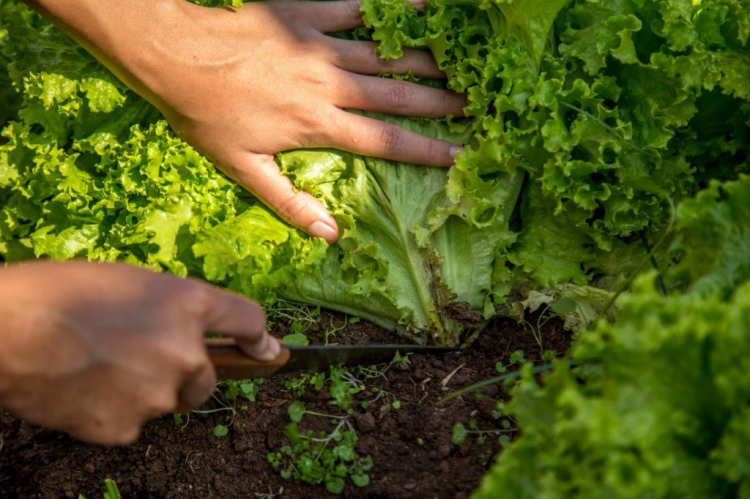
Ingredients and uses of endive salad
Endive has a tart and slightly bitter taste and is mainly known to us raw as a salad. Especially in combination with sweet dressings, they become a special taste experience. But there are also other uses in the kitchen, for example in smoothies, stews or cooked as a side dish. The leafy vegetables are particularly healthy because of their bitter substances such as inhibin. Bitter substances stimulate the bile and support the liver in the process. Endive is also rich in vitamins A, B, and C as well as potassium, phosphorus, and magnesium.
